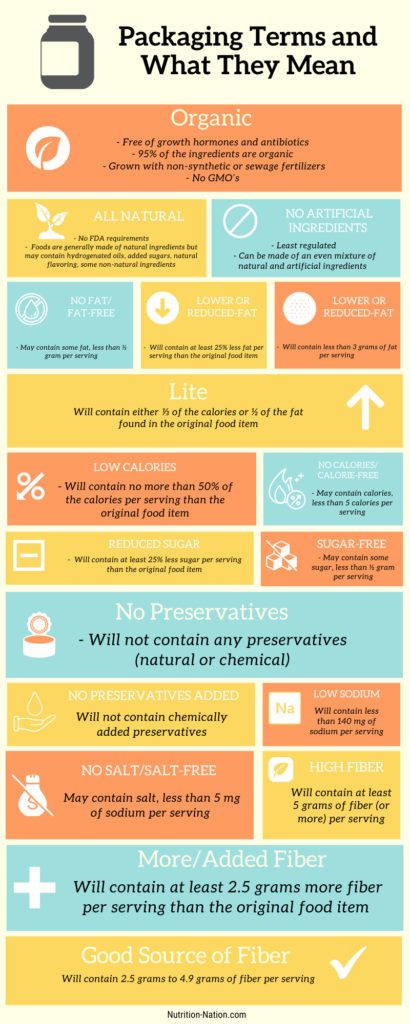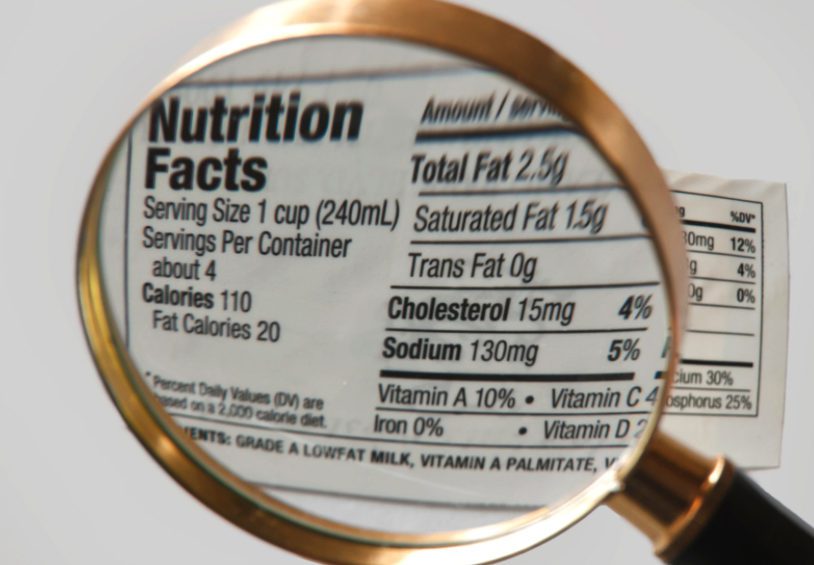


3 Essential Stability Exercises to Strengthen Your Core
3 Essential Stability Exercises to Strengthen Your Core
Developing Core Strength
Engaging Core Exercises:
The Bird Dog
Supine Toe Taps
Single-Legged Deadlift
Core exercises train the muscles in your pelvis, lower back, hips, and abdomen to work together better. Developing core muscles protects the spine, reduces back pain, enhances movement patterns, and improves balance, stability, and posture. Aside from situps and pushups, however, core exercises are often neglected.
Weak core muscles can lead to more fatigue, less endurance, and injuries, as well as giving you poor posture, lower back pain, and an increase in muscle injuries.
Developing Core Strength
While there are many methods and pieces of equipment for developing core strength, there are various exercises that require only bodyweight or basic equipment. The most important thing to remember when training the core is to perform each exercise with awareness so that the core is actually braced or engaged instead of using momentum like some weight training exercises.
Engaging Core Exercises
The following exercises will help strengthen your core and give you different ways to work those muscles other than standard push-ups and sit-ups. Beginner modifications are also noted.
The Bird Dog

Equipment: Dome; none
How to: Position the right knee on the center of the dome and place both hands on the floor underneath the shoulders. Extend the left leg behind you to hip height; keep the foot flexed. Raise the right arm to shoulder height with your thumb facing the ceiling. Hold for 20 seconds. Switch sides. Repeat until fatigued.
Modification: Perform the exercise on the floor without a dome.
Equipment: None
How to: Lie on your back and place your arms by your sides. Engage the abdominals and draw the navel toward your spine. Lift the knees to 90 degrees. On a two-count, lower your right foot to touch the floor, and then on a two-count, return it back to 90 degrees. Perform the same movement with your left leg and continue to alternate tapping the right and then the left foot onto the floor. Perform 10 reps on each leg.
Modification: Keep your feet on the floor, and slide your heel on the floor/mat, alternating legs.
Supine Toe Taps

Single-Legged Deadlift

Equipment: Dumbbells
How to: Hold a set of dumbbells and stand tall with feet hip-distance apart. Lift the right foot off the floor; hinge the pelvis to glide over the top of the left leg. The head and the foot should counterbalance each other. The lowest hanging point should be when the body is parallel to the floor. Keep the pelvis as neutral as possible. Complete 12 repetitions on each leg.
Modification: Perform the exercise without dumbbells or complete a deadlift with both feet on the floor.
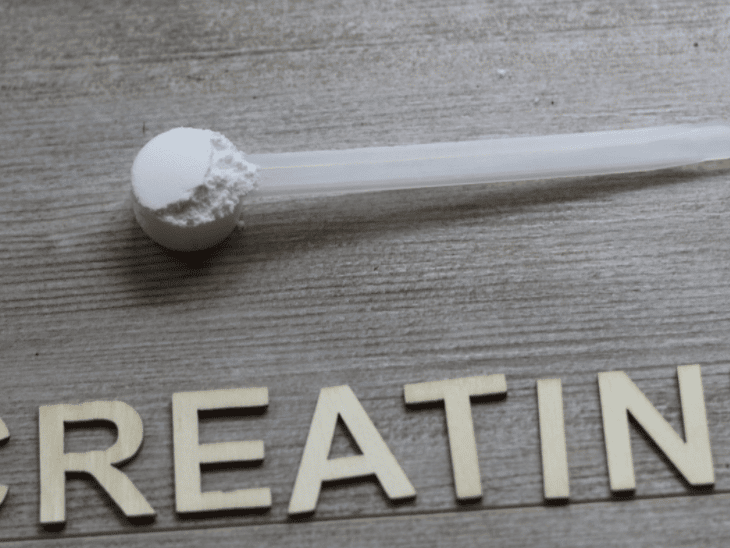
The Effects of Creatine on Muscle Performance
The Effects of Creatine on Muscle Performance
Creatine is the number-one supplement for improving performance in the gym and is one of the least expensive, most effective, and safest supplements you can take.
It has many health benefits like protecting against neurologic disease, combating high blood sugar and fatty liver disease, and if you want to increase muscle mass, strength, and exercise performance, creatine is the way to go.
What Is Creatine?
Creatine is a substance that is found naturally in muscle cells (about 95% of your body’s creatine is stored in muscles in the form of phosphocreatine). It helps your muscles produce energy during heavy lifting or high-intensity exercise.
When you supplement, your stores of phosphocreatine increase and helps your body produce more of a high-energy molecule called ATP. When you have more ATP, your body can perform better during exercise.

How Does It Work?
Creatine also helps you gain muscle in the following ways:
In high-intensity exercise, its primary role is to increase phosphocreatine. The additional stores can be used to produce more ATP, which is the key energy source for heavy lifting and high-intensity exercise.
Boosted workload: Enables more total work or volume in a single training session, which is a key factor in long-term muscle growth.
Improved cell signaling: Can increase satellite cell signaling, which aids muscle repair and new muscle growth.
Raised anabolic hormones: Studies note a rise in hormones, such as IGF-1, after taking creatine.
Increased cell hydration: Boosts water content within your muscle cells, which causes a cell volumization effect.
Reduced protein breakdown: May increase total muscle mass by reducing muscle breakdown.
Lower myostatin levels: Elevated levels of myostatin can slow or totally inhibit new muscle growth. Supplementing with creatine can reduce these levels, increasing growth potential.
Effects on Muscle Gain
Creatine is effective for both short- and long-term muscles. In one study on weightlifters, creatine increased muscle fiber growth 2–3 times more than training alone. Total body mass also doubled alongside one-rep max for bench press.
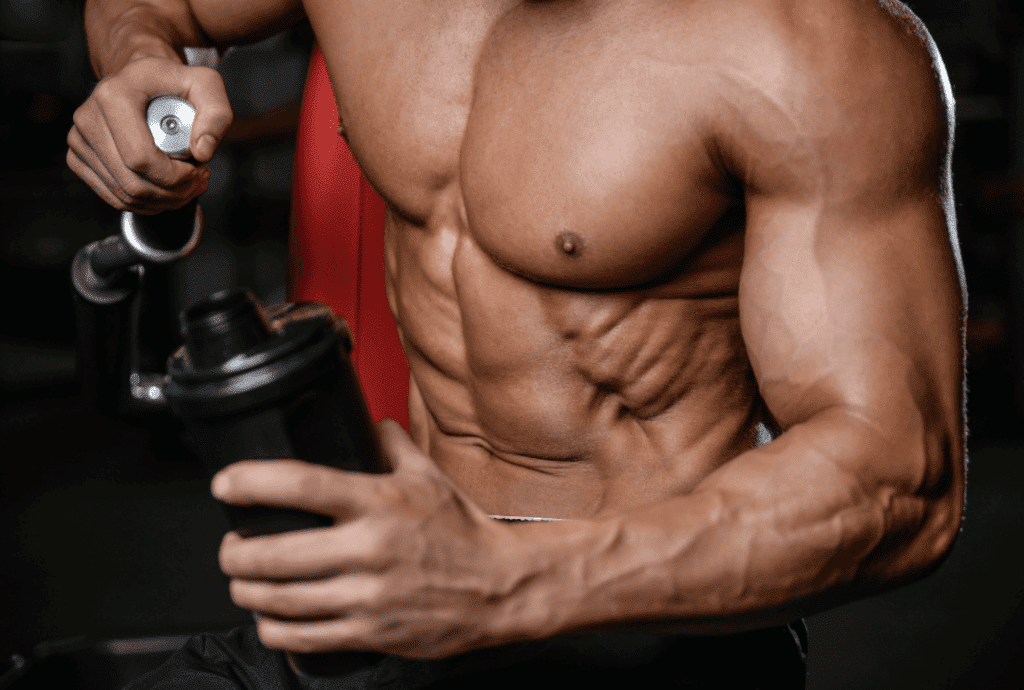
Effects on Strength and Exercise Performance
Creatine can also improve strength, power, and high-intensity exercise performance.
One study shows that adding creatine to a training program increased strength by 8%, weightlifting performance by 14%, and bench press one-rep max by up to 43%, compared to training alone.
In well-trained strength athletes, 28 days of supplementing increased bike-sprinting performance by 15% and bench-press performance by 6%.
These improvements are chiefly caused by your body’s increased capacity to produce ATP. ATP normally becomes depleted after 8–10 seconds of high-intensity activity, but with creatine supplements, you can maintain optimal performance for a few seconds longer.
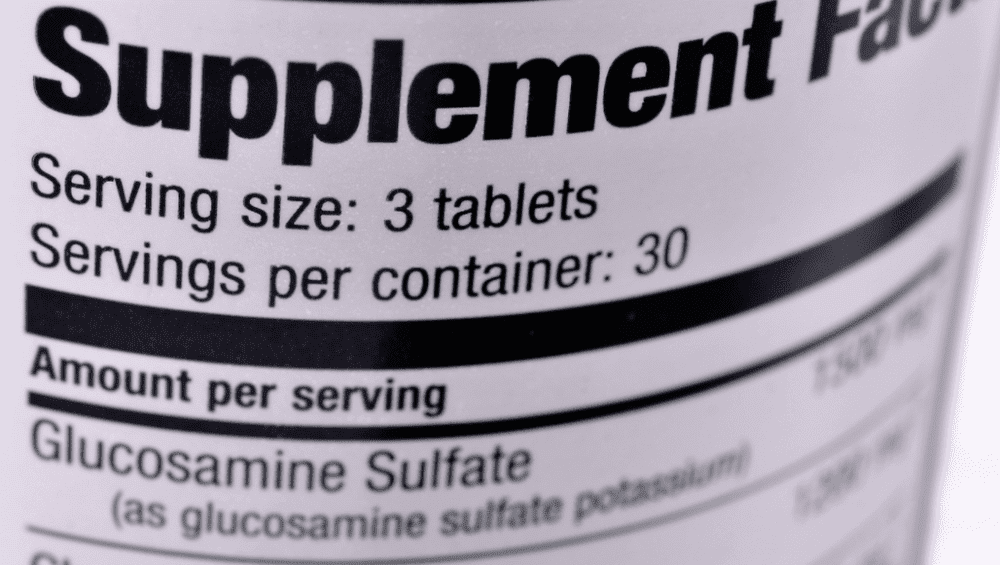
Your Guide to Glucosamine
Your Guide to Glucosamine
Glucosamine is one of the most common supplements people take for sore joints. It’s popular among both heavy-lifting bodybuilders and aging populations.
Here’s what you need to know about this supplement:
What Is Glucosamine?
Glucosamine is an amino sugar that is a major component of the cartilage in your body and is the most commonly used supplement for joint health. It is often made of chitin, a substance in the shells of shellfish, but can also be derived from certain plants like seaweed, corn, and wheat.
How Is Glucosamine Taken?
Glucosamine supplements in powder or capsule form are usually taken daily at a dosage of 1500-2000 milligrams, which can be distributed into multiple doses throughout the day. It is also often sold in small ready-to-drink bottles. Capsules are the preferred method.
What Are The Benefits?
Studies have shown that a glucosamine supplement can help delay the progression of joint arthritis and pain associated with osteoarthritis. It also maintains the function of the joint.
Why Do I Need Glucosamine?
Glucosamine is used in the body as a lubricant or shock absorber. When supplementary glucosamine is taken, fibrotic articular tissues begin to heal, improving the potential diffusion of glucose and amino acids through joint capsules and membranes.
A lack of adequate glucosamine would result in joints feeling sorer after a hard workout, or your knees getting stiff after cardio. Over an extended period of time of continuous wear and tear, it’s possible to develop osteoarthritis.
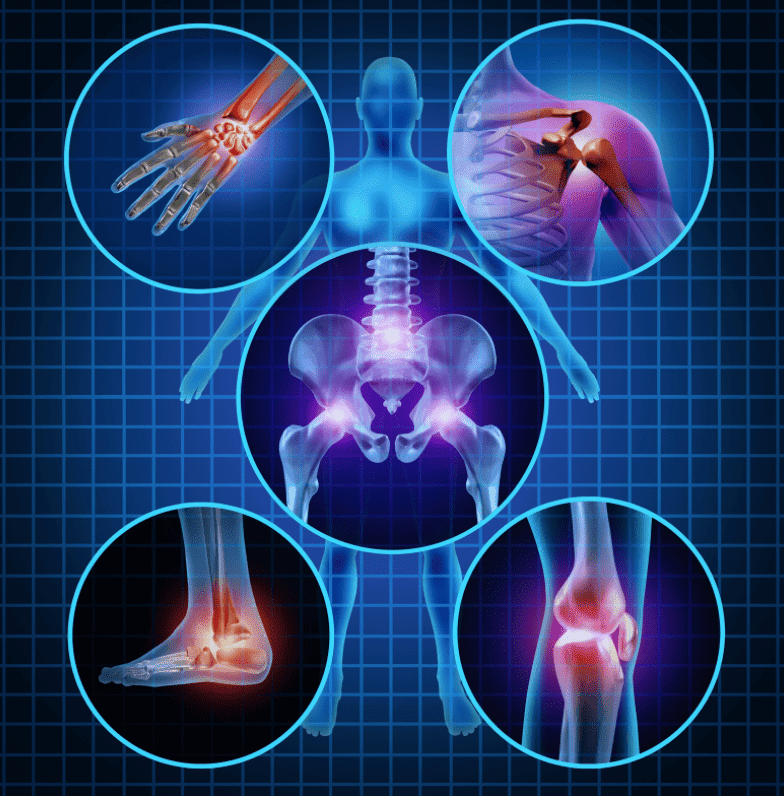
The Types of Glucosamine Sources
As far supplementation goes, there are four possible sources of glucosamine: Glucosamine Hydrochloride, Glucosamine Hydroiodide, N-acetyl Glucosamine, and Glucosamine Sulphate. However, only the sulfate and hydrochloride (HCL) versions are recommended. These two glucosamines are actually identical in their effects, but the hydrochloride version is more cost-effective as it is a richer source of glucosamine. In fact, the percentage of pure glucosamine in these two common forms is 83% in the HCL version compared to 65% in the sulfate version.
After oral administration, glucosamine sulfate is split into glucosamine and a sulfate ion so the effects are identical and it doesn’t matter whether you take the HCL or sulfate version.
Conclusion
Glucosamine supplementation is proven to help joints and really should be a supplement for any athlete.
Glucosamine supplements have been utilized safely for decades. The results suggest there are general positive impacts on joint health and pain across a range of individuals of various ages, health, and training statuses.
Be sure to talk with your doctor about any potential interactions with medications.

10 Things to Consider Before Choosing a Personal Trainer
10 Things to Consider Before
Choosing a Personal Trainer
Criteria for Choosing a Personal Trainer
Credentials
Experience
Personality
Philosophy
Specialties
Reputation
A Few More Things to Consider:
Having the support of a personal trainer keeps you motivated and accountable when it comes to your workouts. A trainer can also play a role in helping you maximize your time at the gym, prevent injury and get consistent results. Know how to choose the right person to help you in your fitness journey and who will help you set the correct goals to achieve your desired results.

Criteria for Choosing a Personal Trainer
Take into consideration the following criteria when selecting a personal trainer:
Credentials
A trainer needs to be able to show you a fitness certification in their particular area of expertise. To become certified, personal trainers must pass an exam through accredited organizations.
Experience
A trainer who has been around the block a few times has likely tested and perfected his process for providing the best cues to help you get the most out of every single rep. Experienced trainers are not cheap, but you do get what you pay for.
Personality
Do you need someone who is going to give you constant positive reinforcement and cheerleading or will you fare better with someone who is more like a drill sergeant? Talk to the trainer and get a feel for her style to see if it jives with you.
Philosophy
How does the personal trainer develop his program? What beliefs is it based on? For example, is it gym-based workouts or meant to be done outside? Machines or free weights? Ask about philosophy and see if it makes sense for your goals and preferences.
Specialties
Some trainers have specialties; others are Jacks of all trades. If you’re looking for something specific (i.e.: competing in a 5K or Olympic weightlifting), you’ll want to work with a trainer who specializes in those fields. Chances are that trainer will be more passionate about it if she is personally vested in the sport.
Reputation
Good trainers will happy to share success stories, testimonials, and references. Ask around and see if others are getting results with a particular trainer.
A Few More Things to Consider
Cost, availability, location – these are a few more things you’ll want to consider when hiring a trainer. Can you afford them, are they available when you need them and are they close enough to you that you will actually utilize them?
Above all else, trust your gut. Look for a knowledgeable and experienced personal trainer who feels like the most natural fit. That’s the one to hire because she’ll not only help you reach your goals.

Why Getting Your Supplements from Nutrition Nation is a Great Idea
Why Getting Your Supplements
from Nutrition Nation is a Great Idea
Supplements Online
Supplements from Nutrition Nation
Proof
At Nutrition Nation, we pride ourselves on knowing our products inside and out. They’re supplements we take ourselves. We know they work. Our staff of fitness fanatics is always available to help you choose products based on your fitness goals. So why should you get your supplements from us?
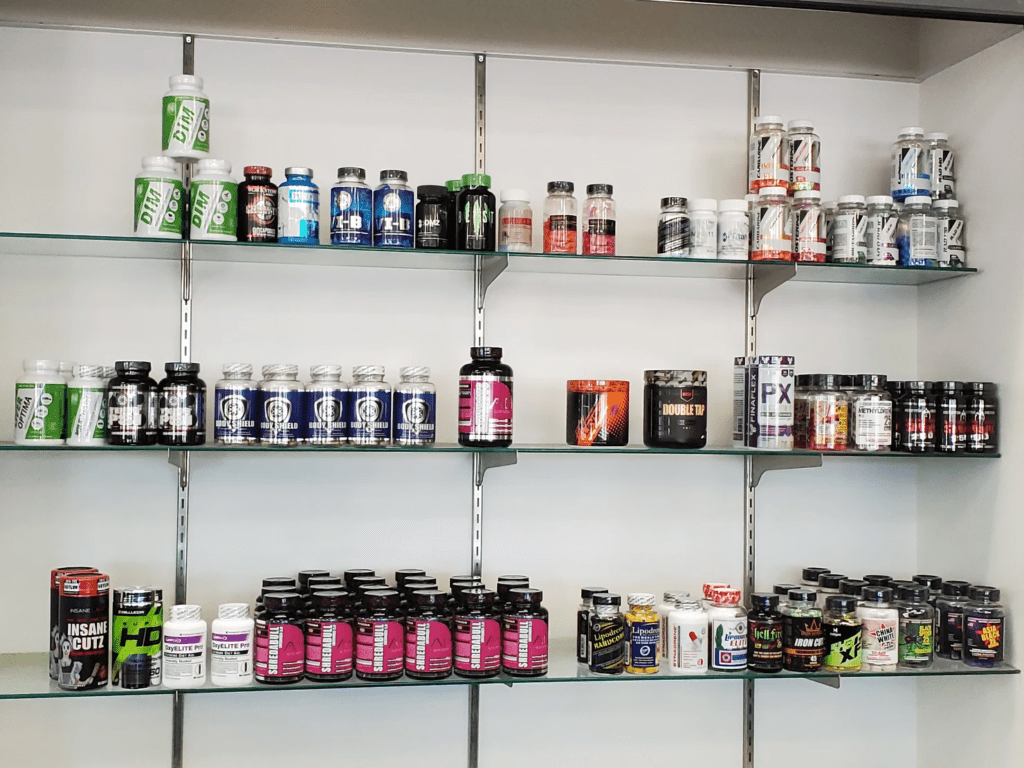
Why You Shouldn’t Buy Supplements Online
Most people purchase their supplements online nowadays because of the ease of use. The problem with that is you never know what you’re going to get. Here’s what we’ve found out about online supplements:
Many are fake or counterfeit
Many may be contaminated with heavy metals, which can lead to adverse problems
FDA only test 1% of 65,000 dietary supplements that are on the market
Contain fillers
Low quality
No personal guidance
Doesn’t support the local economy
Choose Nutrition Nation
We’re Experts – As mentioned, our staff uses our products. They know what they do and how to use them. With more than 20 years of experience in the health and fitness scene, we can offer recommendations and give advice, provide resources, and help you achieve your goals. We are passionate about fitness.
Quality Products – We sell nothing but the best of the best. Our ingredients are pure and guaranteed to help you lose weight, gain muscle, or whatever your health and fitness goal is. Nutrition Nation has a specialized selection of supplements
You’re Supporting Small Business – We are a local business. Not only are you supporting a small business, but the locals who work and thrive here.
Our experts are available to help you reach your fitness goals faster by offering supplements that really work.

What Our Customers are Saying
We also strive to provide our customers with the best knowledge and advice specifically customized to their unique needs. Our team is composed of fitness enthusiasts who are passionate about helping others look and feel their best.
“I’ve always had great service and you get to talk to people who have actually used the product.” Thomas Lambert
“These guys are super professional – if you want real results head here. These guys know the best for you and want it, too. I’m always calling these guys and asking for advice. I can’t exaggerate enough how much these guys want to do good for you doesn’t matter who you are their intentions are pure gold.” Tristan Vinson.
These are just a few reasons getting your supplements from Nutrition Nation is a great idea. Come by and have a chat with our representatives and experience the difference.
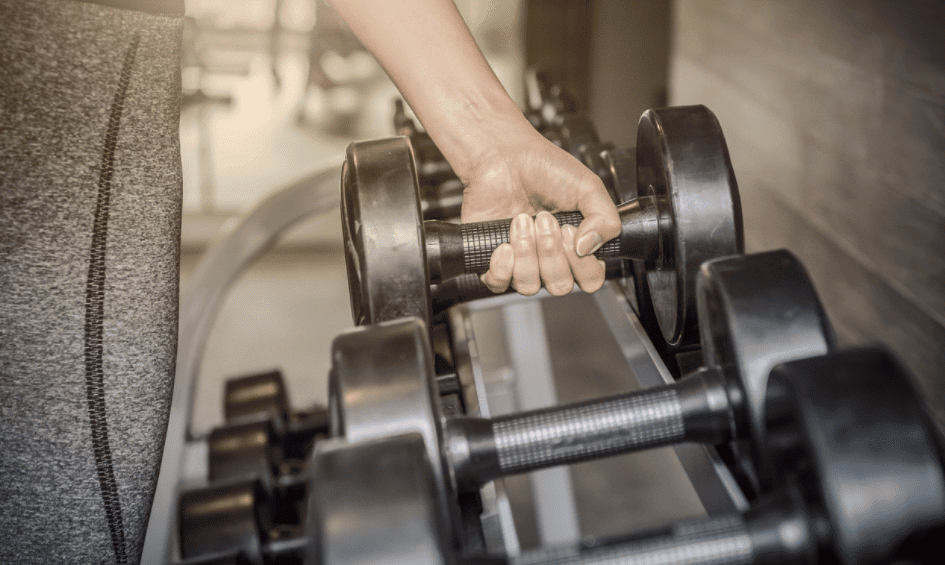
5 Benefits of Weight Training
5 Benefits of Weight Training
Blast Body Fat
Increase Overall Health
Strengthen Bones and Joints
Build Your Brain
Improve Confidence
Experts will tell you if you want to blast fat, gain muscle, and get in shape, you gotta lift weights. Here are 5 benefits of lifting weights that’ll convince you to pick up the iron.
1. Blast Body Fat
By building more muscle you can burn body fat all day long. Lifting weights can increase your lean body mass, therefore increasing the number of overall calories you burn during the day. The more muscle you have, the more calories your burn, the more fat you blast. And while it is true that you can’t spot reduce, a study found that women who lifted weights lost more deep belly fat than those who just did cardio. Lean muscle mass decreases with age, so it’s important to keep up a strength training regimen well past our prime to keep fat at bay.

2. Increases Overall Health
By increasing your muscle and decreasing body fat, you are also lessening your risk of diabetes, metabolic syndrome, and some cancers. One study showed women who engaged in weight lifting had a 17% lower risk of developing cardiovascular disease than those who didn’t and men reduced their risk for heart attack or stroke by 40-70%. You’ll also be reducing anxiety, easing depression, and increasing your happiness with lifting. The more fat that is stored in your body opens you up to all sorts of diseases and health issues.
3. Strengthen Bones and Joints
Weight lifting not only trains your muscles but also trains your bones. When you engage a weight, whatever muscle you are working essentially tugs on your bones. The cells within those bones react by creating new bone cells. Over time, your bones become stronger and denser. Research has shown that lifting heavy weights consistently over time maintains bone mass and can even build new bone – which is great news, especially for post-menopausal women. You can target strength training exercises to areas that are most likely to fracture, like the hips, spine, and wrists.
4. Build Your Brain
Lifting heavy increases the production of many hormones, including IGF-1. This specific hormone helps stimulate connection in the rain and enhance cognitive function. One study showed that leg strength was positively linked with stronger minds. Therefore, they are less susceptible to the negative effects of aging.
5. Attitude Adjustment
Training with heavy weights is shown to improve your self-confidence. When you improve your strength, you give yourself an esteem boost. Physical strength can bleed into your emotional strength. By constantly challenging yourself to do things you never thought possible, your confidence grows.

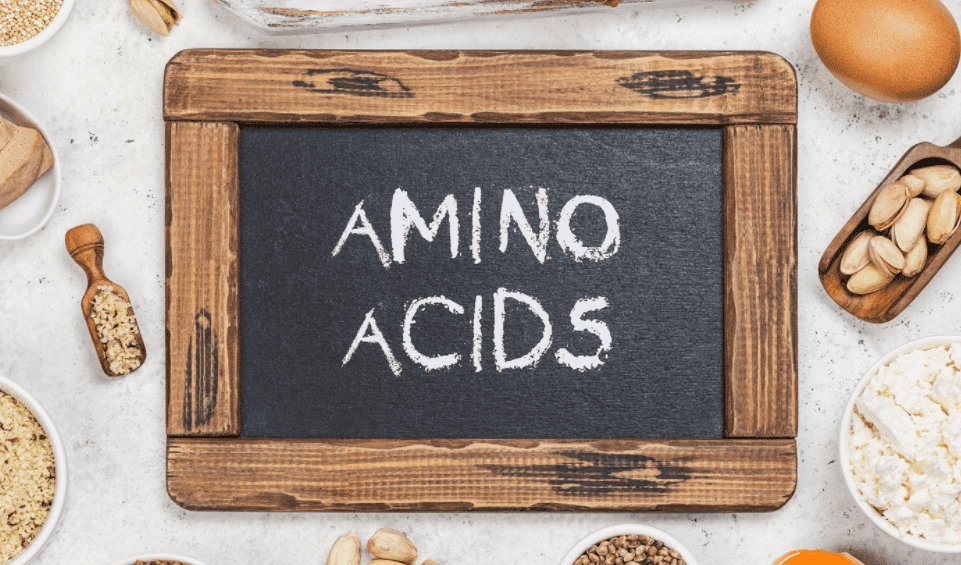
The Role Amino Acids Play in the Athletic Body
The Role Amino Acids Play in the Athletic Body
What are amino acids? What role do amino acids play in the body? How amino acids help with athletic performance?
If you’re looking for a way to up your workout, look into amino acids. Here’s what they are and how they can help your performance.
What are Amino Acids?
They are a group of 20 organic compounds known as the “building blocks” of proteins that make up most of the body. They are involved in several bodily functions, including growth and development, healing and repair, normal digestion, and providing energy for your body.
Amino acids are grouped into three categories – Essential, Nonessential, and Conditional – depending on where your body obtains it. Below are the descriptions and how they may be listed on nutrition labels.
Essential Amino Acids: Your body cannot produce essential amino acids. These must be obtained through food or supplementation. The essential amino acids are histidine, isoleucine, leucine, lysine, methionine, phenylalanine, threonine, tryptophan, and valine.
Nonessential Amino Acids: Nonessential amino acids are those that your body naturally produces whether or not you eat food that contains them. The nonessential amino acids are alanine, asparagine, aspartic acid, and glutamic acid.
Conditional Amino Acids: These amino acids are produced only under specific circumstances, typically when your body is fighting off an illness or dealing with stress. The conditional amino acids are arginine, cysteine, glutamine, tyrosine, glycine, ornithine, proline, and serine.
Their Role
Amino acids play a role in almost every system throughout your body, including:
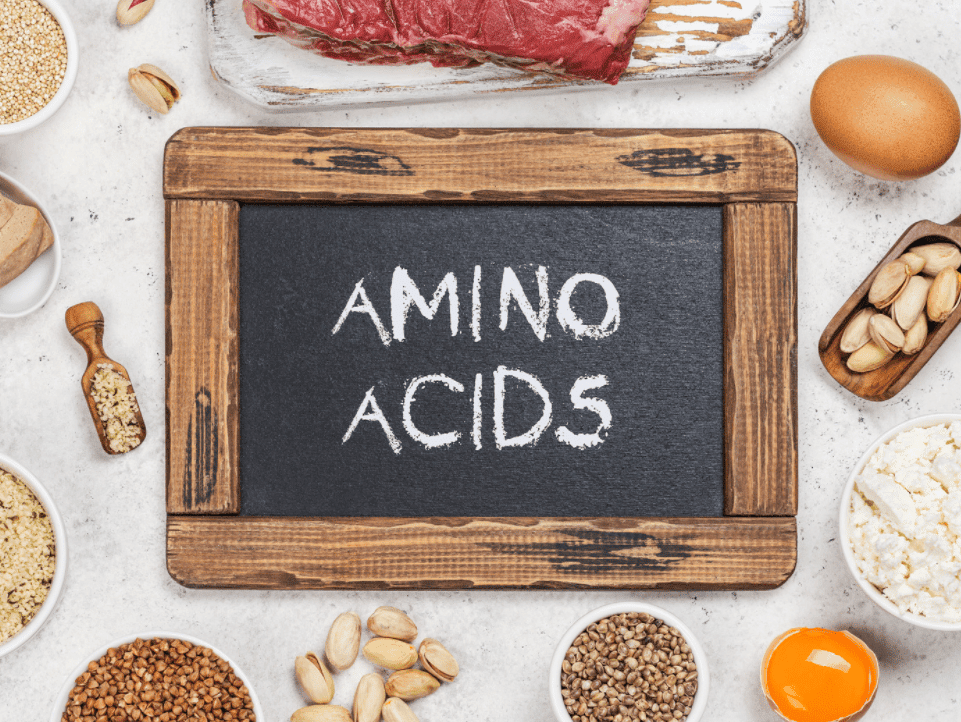
Growth of muscles, connective tissue, and skin
Maintaining muscle tone and tissue strength
Healing and repair
Normal digestion
Providing energy
Regulating moods by helping produce hormones
Producing neurotransmitters
Maintaining healthy skin, hair, and nails
Athletic Support
To help boost performance and maintain muscle and tissue strength, amino acid supplements are often recommended to active individuals and may help athletic performance in a variety of ways, such as:
Increasing tolerance to pain during exercise
Modifying the way the body perceives fatigue
Decreasing the duration of recovery from overtraining
Improving immune function
Supporting blood flow for improved endurance
Improving the development of lean muscle mass and overall strength
Providing anti-inflammatory and anti-oxidative effects to reduce damage to muscles
Enhancing how your body metabolizes fats during exercise
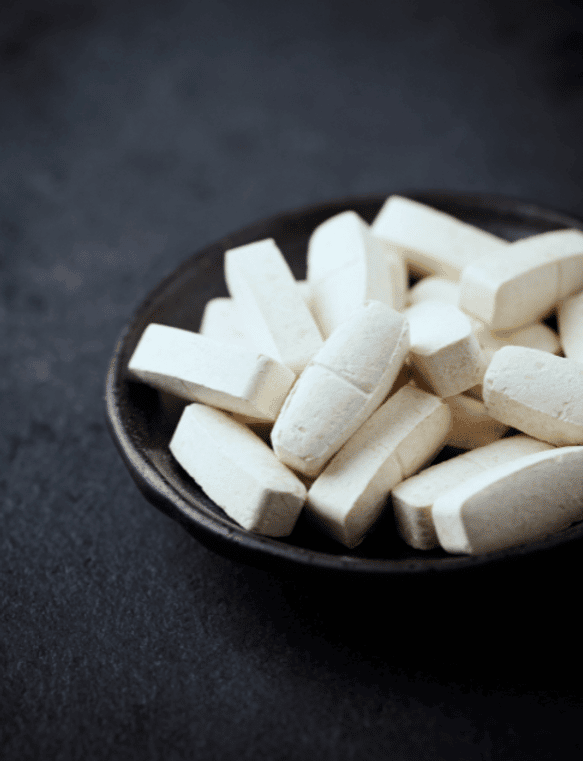
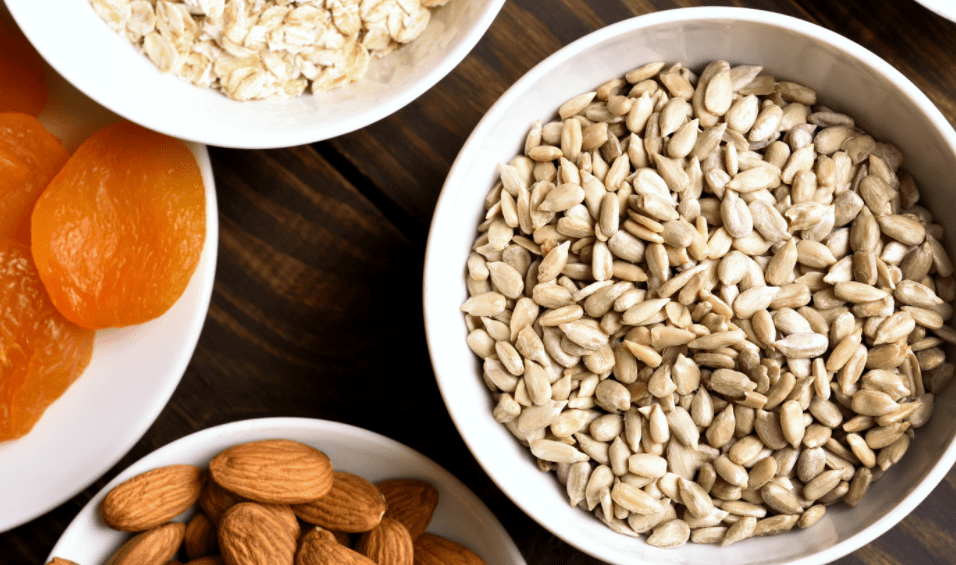
Healthy Snacks to Curb Your Cravings
Healthy Snacks to Curb Your Cravings

Sometimes you just need a snack. But don’t turn to chips when you need something salty, or candy when you need something sweet. There are more nutritious, satisfying treats available.
Curb Your Cravings
Blood sugar dips three to five hours after you eat. Eating small, frequent snacks keeps your metabolism revved up and helps normalize blood sugar and ultimately keep you from reaching into the cookie jar.
Nutrient-poor, sugary snacks like candy bars may give you a quick jolt of energy, but then you’ll crash. That can leave you hungry, cranky, sleepy, and unable to concentrate. Good-for-you fruit sugars, honey, dairy products, whole grains, and many vegetables lift mood and battle fatigue without the roller-coaster effect.
Healthy snacks derive an extra mental boost if you include protein in your snack, like fish, meat, eggs, cheese, and tofu. They contain an amino acid that increases the production of neurotransmitters that regulate concentration and alertness.

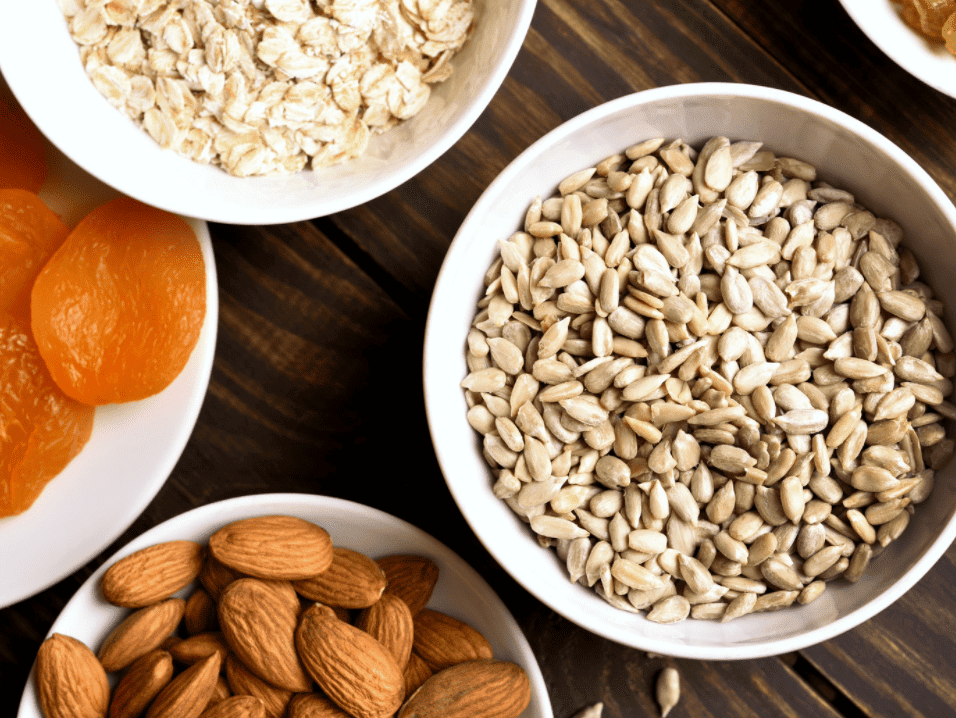
Guidelines
When choosing a snack, keep these general guidelines in mind: 150 to 250 calories, about 3 grams of fiber, 5 grams of protein, and no more than 12 grams of fat.
Healthy Snacking
Healthy snacking curbs cravings, fights weight gain, regulates mood, boosts brainpower, and gives you the energy you need to keep going. Nutrition is the key to a healthy life.
Foods like fruits, vegetables, nuts, dairy products, whole grains, and legumes are satisfying and are packed with the nutrients, fiber, and protein your body needs. They guard against sugar highs and lows.
Here are some examples of healthy snacks:
Fresh fruits and veggies
Roasted chickpeas
Popcorn
Nuts and seeds
Whole-grain toast with peanut or almond butter
Plain yogurt or cottage cheese (Add freshly cut fruit)
Fruit and veggie smoothie
Whole-grain crackers with canned tuna or salmon
Unsweetened dried or freeze-dried fruits
Frozen banana slices
Frozen grapes
Always remember to check the nutrition label when shopping. Watch for added sugars and salt, and try making healthier versions of packaged snacks at home so you can choose the ingredients.
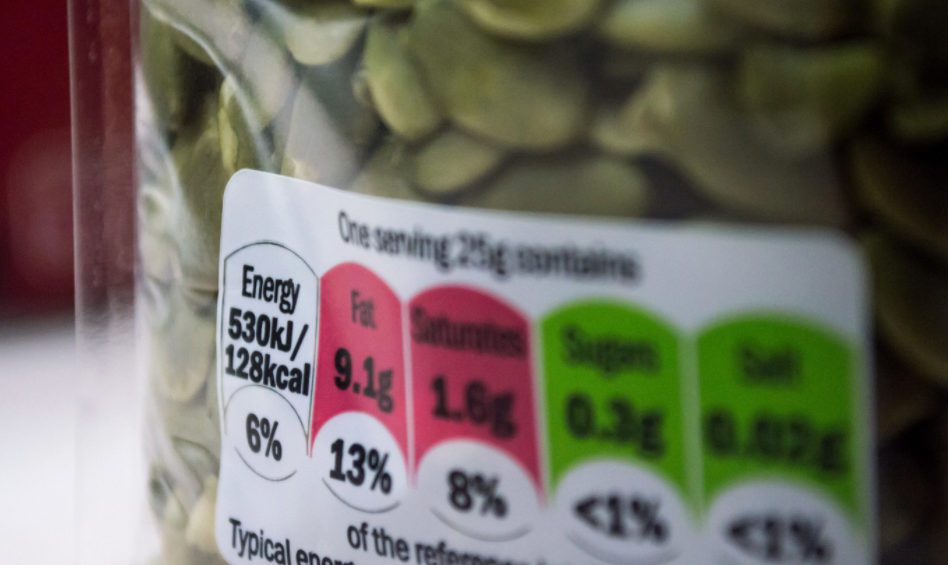
What are Macronutrients and Why They are Important to Your Health
What are Macronutrients and
Why They are Important to Your Health
There are 6 essential nutrients that the body needs to function properly: Carbohydrates, Lipids (fats), Proteins, Vitamins, Minerals, Water. Nutrients are found in foods that provide us with energy, are building blocks for repair and growth, and necessary to regulate chemical processes in the body.
Three of those nutrients are called macronutrients (Carbs, Lipids, and Proteins) and are the chemical elements that humans consume in the largest quantities (“macro” means large). Almost every food has a combination of macronutrients. Although each of these macronutrients supplies the energy needed to run body functions, the amount of energy that each provides varies.
Carbohydrates
Carbohydrates provide fuel for the central nervous system and muscles. They can be found in grain products, fruits, and vegetables. It is recommended that carbohydrates should supply 45–65% of our total daily energy needs.
The shorter the molecule chain is, the easier it is for your body to break down. These are called simple carbohydrates. On the other hand, larger molecule strains are referred to as complex because it takes longer for your body to break them down into usable components and will keep you full longer.
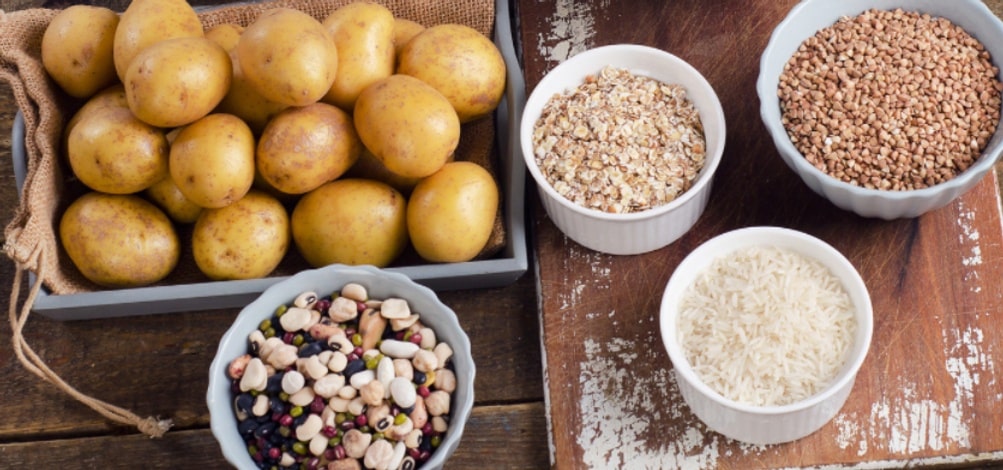
Why do we need carbohydrates?
Carbohydrates provide the major source of energy to fuel our daily activities. They also prevent protein from being used as an energy source and instead enable fat metabolism. They are also important for brain function and can influence mood and memory.
Some of the carbs we consume are converted into a type of starch known as glycogen, which is stored in the liver and muscles for later use as an energy source.
Cellulose (a.k.a. dietary fiber) is a non-digestible carbohydrate found in fruits and vegetables. They are not used as an energy source but play an important role in maintaining the health of the large intestine and assisting with the removal of body waste.
Proteins
Proteins may be used as a source of energy when carbohydrates are not available. Protein is found in many foods including meats, poultry, fish, meat substitutes, cheese, milk, and nuts, and in smaller quantities in some starchy foods and vegetables.
The body breaks down protein into its building blocks called amino acids. There are 9 essential amino acids that can’t be produced by the body. Proteins that contain all nine essential amino acids mostly come from animal sources. Proteins that do not contain all nine essential acids mostly come from plant sources.
Why do we need proteins?
Proteins are used to produce new tissues for either growth or to repair old or damaged tissue, and to regulate and maintain body functions. Enzymes used for digestion, protection, and immunity are made of proteins. Essential hormones used for body regulation require proteins to function.
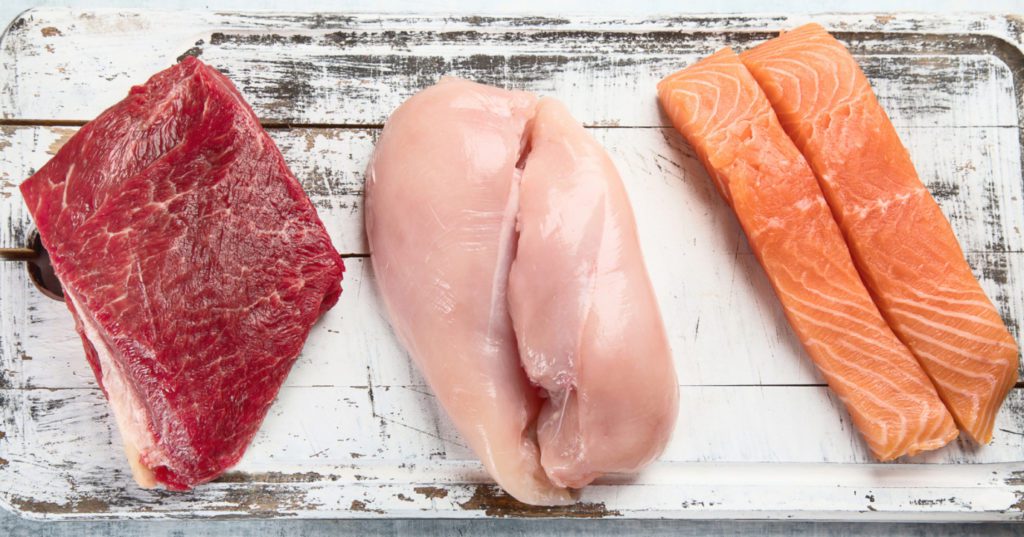
Fats
Although fats have received a bad reputation in relation to heart disease and weight gain, some fat in the diet is essential for health and wellbeing.
Trans fat, or saturated fat, has been shown to increase the risk of coronary heart disease and is known as unhealthy fat. These “bad” fats are mostly found in processed food such as fast foods and sweets.
Healthy fats, or monounsaturated and polyunsaturated fats, consist of omega 3 and 6 fatty acids that are essential fatty acids. Like essential amino acids, your body cannot produce them by itself so they have to be ingested through food. Great sources of healthy fats are avocados, coconut oil, fish, walnuts, and extra virgin olive oil.
It is recommended that 20–35% of our daily energy requirement should be supplied through the consumption of fats and oils.
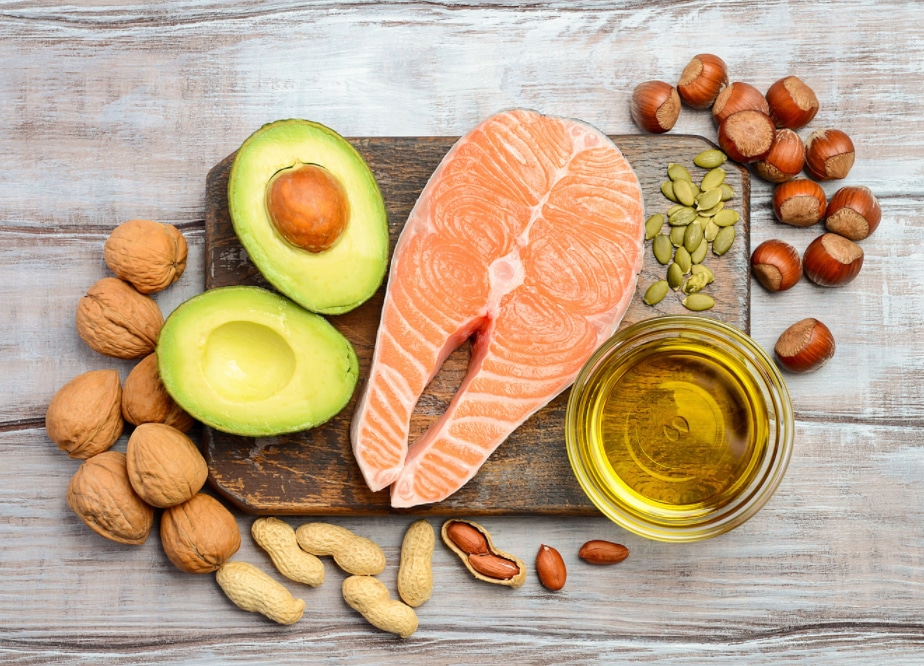
Why do we need fats?
Fat is actually incredibly important to normal body functions, providing support to hormones, insulation for nerves, skin, and hair health. They are a high-energy source that helps us absorb vitamins and insulate the body.
These three things in combination keep us healthy and our bodies regulated.

